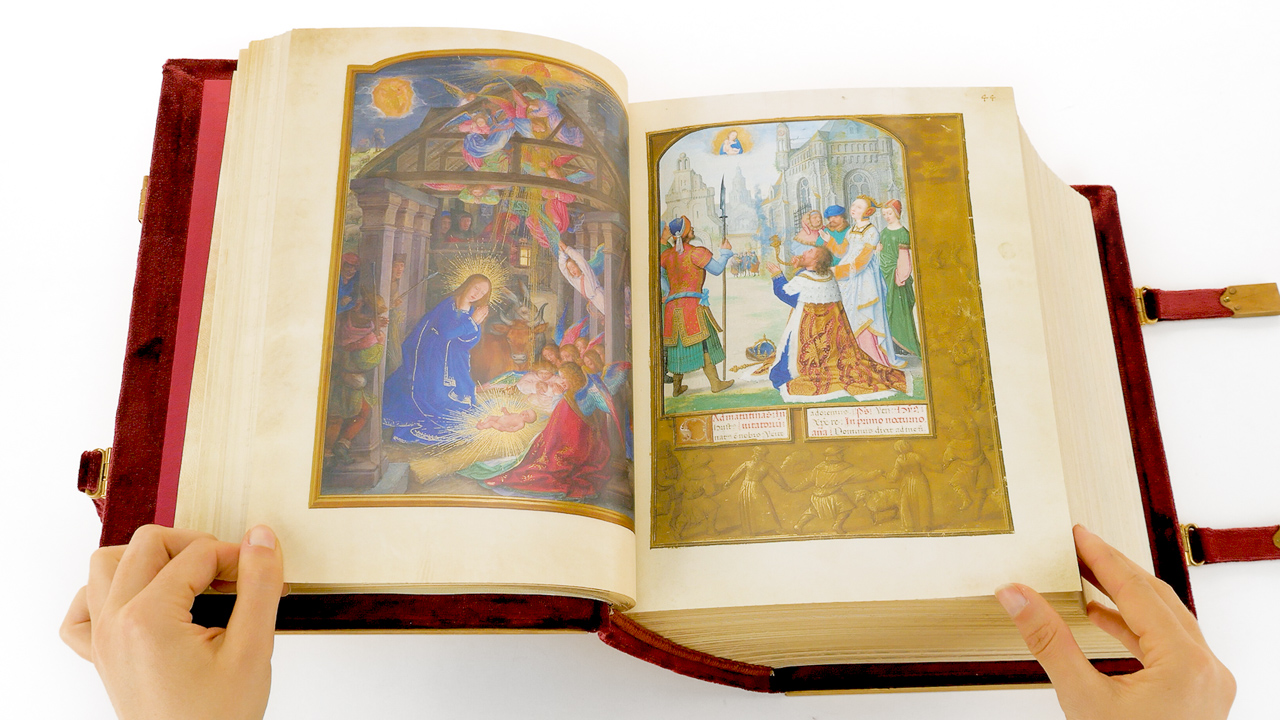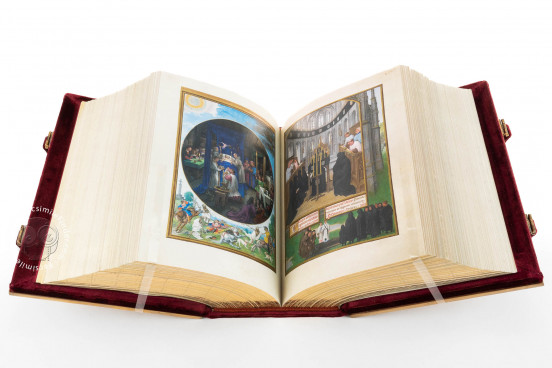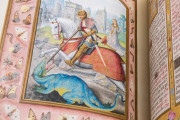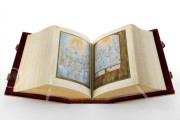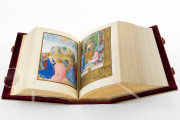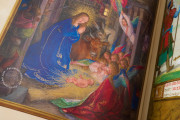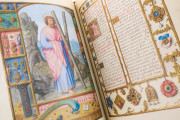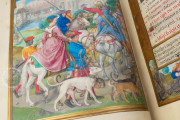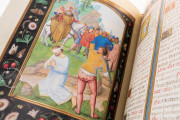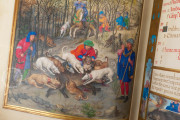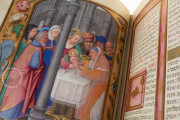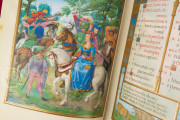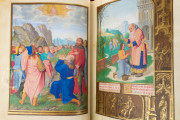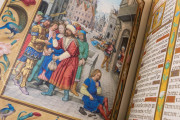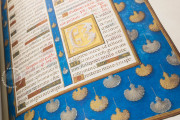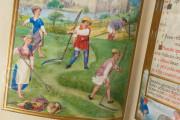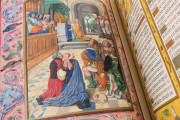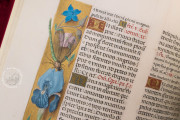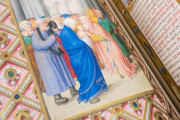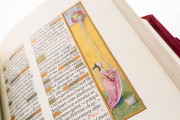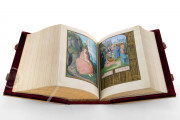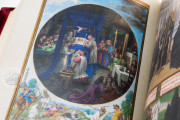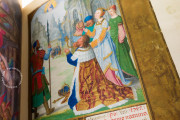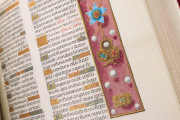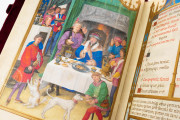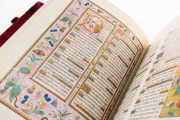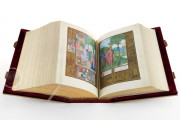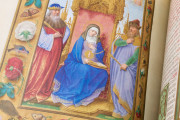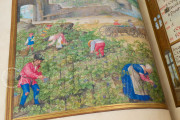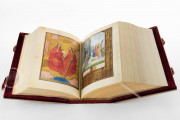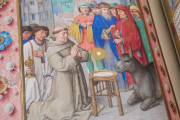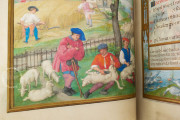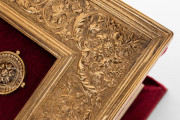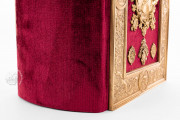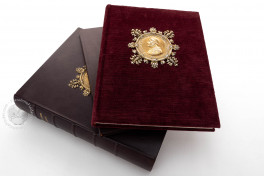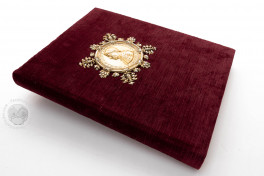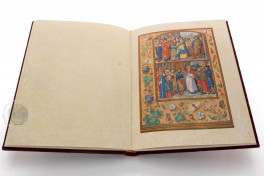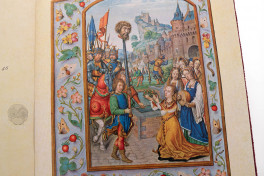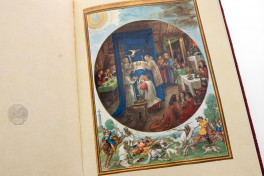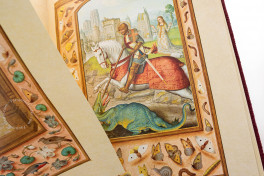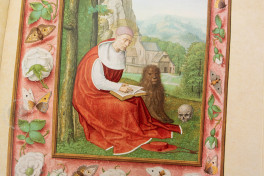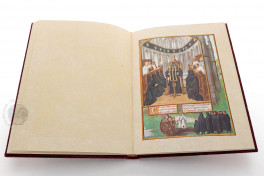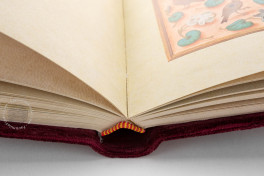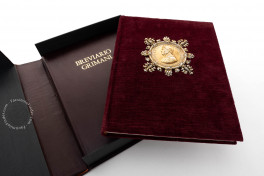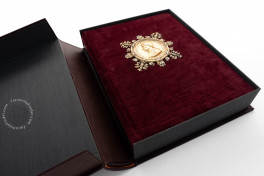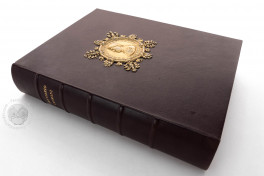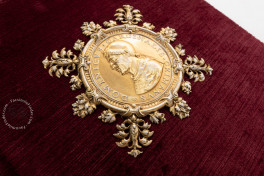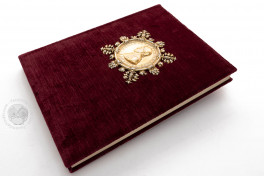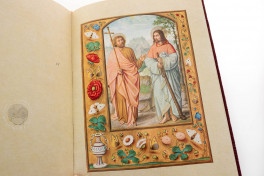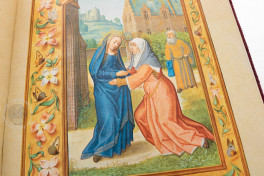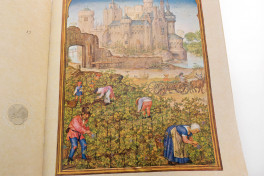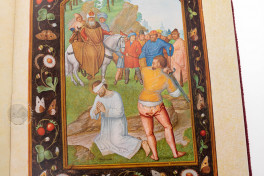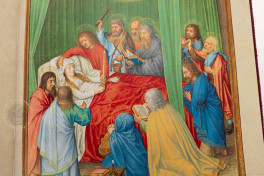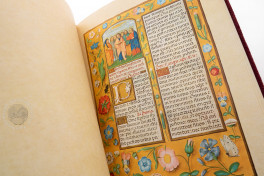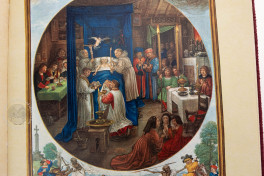The Grimani Breviary is one of the most embellished and detailed Flemish manuscripts to ever reach modern times. The manuscript was illuminated by the Master of James IV of Scotland, Alexander Bening, the Master of the David Scenes, Simon Bening, and Gerard David.
Grimani Breviary: the Apex of Flemish Renaissance
Due to its size, the Grimani Breviary is considered one of the most important works of Flemish renaissance featuring a unique choice of motifs and over 65 beautifully illuminated illustrations varying from religious to lay themes. Indeed, one of its main features is the iconographic variety the manuscript offers, illustrating scenes from everyday life as well as depicting moments of religious life.
The artistry and the craft behind such a beautiful work could only be afforded by the wealthiest of families and individuals. Indeed, Cardinal Grimani specified in his will that this magnificent artifact was to be shown to people only in extraordinary circumstances (quod Breviarium, tanquam rem nobilissimam et pulcherrimam, ostendere debeat personis honorificis, quandocunque oportunum fuerit).
Safely kept in the Biblioteca Marciana in Venice, Italy, since Cardinal Grimani – after whom the work is named – purchased it around 1520, the Grimani Breviary has represented the forbidden fruit of art scholars for years as no one in the past has been given permission to view it and study it.
Très Riches Heures: a Model for the Grimani Breviary
A testimony to the outstanding iconographic apparatus are the full-page illuminations of the calendar, featuring illustrations depicting feasts, hunting parties, and peasants and shepherds. The Grimani Breviary echoes the work of the Très Riches Heures by the Limbourg brothers in a more vigorous way.
Another significant decorative feature of the manuscript are the decorative borders, which, consistently with the typical Flemish Renaissance style, feature an outstanding example of the trompe l’oeil technique consisting in scattered illustrations of natural figures presenting a thorough attention to detail.
Binding description
Binding
As a result of the policy of keeping people far from the masterpiece, the manuscript has maintained its original binding in crimson velvet, exquisitely decorated with silver-gilt covers with relief borders featuring a running vine stem. The front cover displays a portrait of Cardinal Domenico Grimani, while a portrait of Doge Antonio Grimani is depicted on the back cover.
We have 2 facsimiles of the manuscript "Grimani Breviary":
- Breviario Grimani facsimile edition published by Electa, 1971
- Breviario Grimani facsimile edition published by Salerno Editrice, 2009

